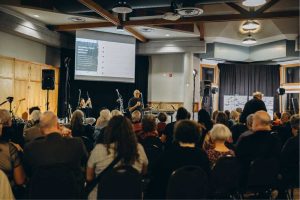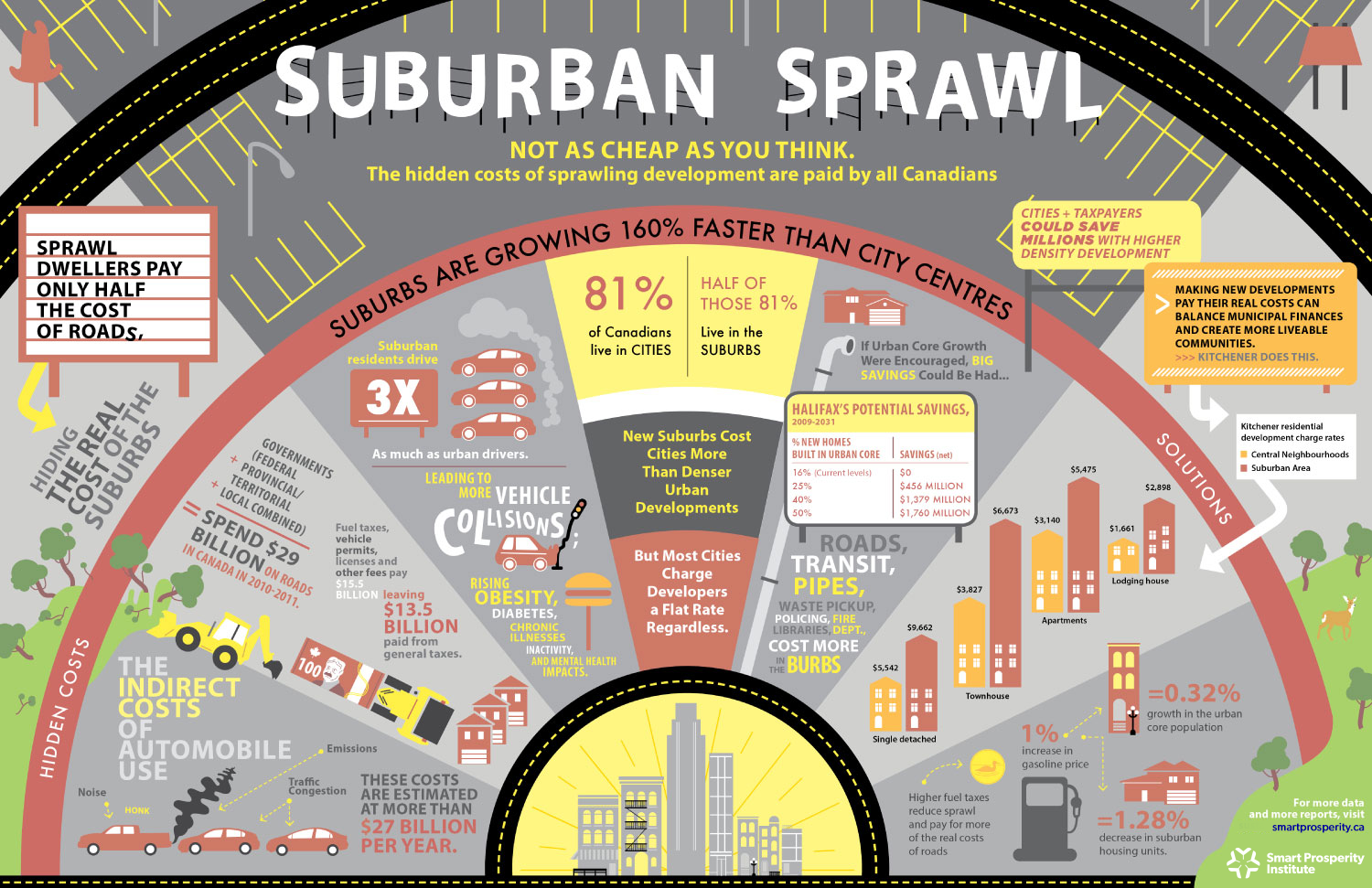
$42,000 Raised for Greenbelt Expansion in Simcoe County
$42,000 Raised for Greenbelt Expansion in Simcoe County Media Release Barrie, ON On Saturday, November 23, the Simcoe County Greenbelt Coalition (SCGC) hosted its annual
1997 – Route Planning and Environmental Assessment Study
2002 – Environmental Assessment
2008 – Simcoe County includes link in its Master Transportation Plan.
2008 – Highway is not included in the Growth Plan.
2020 – Province announces the Bradford Bypass will proceed.
2021 (March) – Bradford ByPass is mentioned in the provincial budget in section outlining money to be spent on highway construction and maintenance.
2021 (October) – Bypass is exempted from the requirements of the Environmental Assessment Act. The government says this will help “ensure appropriate environmental protection.”
2021 (October) – The Toronto Star and the National Observer publish an investigation on ties between developers and the provincial government and how developers stand to gain from building the Bypass. The piece also notes that, through information obtained by SCGC via a FOI request, the government was intending on making the highway a toll route.
2022 (January) – Petition of more than 10,000 signatures released opposing construction of the Bypass.
2022 (February) – The Impact Assessment Agency of Canada decides not to designate the project.
2022 (March) – Lawsuit brought against the federal government by seven ENGOs challenging its refusal to designate the Bypass for a federal impact assessment.
2022 (April) – Contract awarded by provincial government for the Yonge Street bridge. This is part of the ‘early works’, which are to be started prior to all the studies being completed.
The provincial government is moving forward with building a highway connecting highways 404 and 400. The route passes along the northern edge of Bradford, and through portions of the Holland Marsh.
The highway is controversial due to the route running through portions of the Greenbelt and the Holland Marsh, which is a significant wetland and agricultural area, as well as the fact that it is based, largely, on an environmental assessment that was done more than 20 years ago. (More recently the provincial government decided to exempt most of the project from environmental assessment requirements.)
Opponents also argue that highways should not be prioritized in a climate crisis.
Finally, the government argues the highway is needed to ease congestion. Highways DO NOT accomplish this, though. This is well known, as outlined by the video we share below, yet they continue to push the project. If congestion is indeed the primary concern, it is clear that the government is mismanaging public money, throwing good after bad, with the project.
There are a number of major concerns with respect to this project:
Early Works
The province would allow so-called “early works”, which include bridges, so proceed before key studies on the impacts they might have on wildlife are completed. This is putting the cart before the horse, to use a well worn analogy, and in effect is saying that the project will proceed regardless of the outcome of studies. This is the opposite of evidence-based planning.
Outdated Environmental Assessment
The Environmental Assessment the project is using was done 23 years ago, before the two major land-use plans in the area, the Lake Simcoe Protection Plan and the Greenbelt Plan, had been created.
These plans exist for a reason. The Lake Simcoe Protection Plan is intended to enhance and protect the health of Lake Simcoe, and the Greenbelt Plan delimits lands to be protected from urban growth, which is most often in the form of sprawl.
Basing a project on an EA that pre-dates these plans, such that the concerns these plans address aren’t taken into account, effectively nullifies them.
Further, the EA was contingent on the completion of further studies, including archaeological assessments, stormwater management, hydrological systems, noise, and compliance monitoring. The province is proposing that the highway be exempted from these additional studies.
![]() Issues of concern that are have received support from necessary levels of government and are currently being implemented.
Issues of concern that are have received support from necessary levels of government and are currently being implemented.
![]() Issues that have the support of the municipality but are waiting on approval from the province or another entity.
Issues that have the support of the municipality but are waiting on approval from the province or another entity.
![]()
Issues that have been proposed but have not yet received the support of the municipality.
![]()
Issues of concern, such as MZOs, that have been denied by the province but that are still progressing at the local level.
![]()
Issues that have been successfully resolved.
![]() Subject Lands Outline
Subject Lands Outline
![]()
Greenbelt
![]() GO Train Line and Stops
GO Train Line and Stops
![]() Road/Highway Construction
Road/Highway Construction
![]() 500 m High Risk Air Pollution
500 m High Risk Air Pollution
![]() Evaluated Wetlands
Evaluated Wetlands
![]() Unevaluated Wetlands
Unevaluated Wetlands
Negative Impacts
The proposed route is anticipated to negatively impact high quality woodlands, the Holland Marsh, Provincially Significant Wetlands, and significant wildlife habitat. These are the direct impacts.
There are additional, and perhaps far more significant, impacts that will result from building infrastructure that enables an increase in single vehicle car use.
At a time when we are facing a climate emergency, when it is becoming increasingly clear that our inability to address it is leading us towards a worst case scenario, continuing to base our communities around a reliance on cars as the primary mode of transportation is extremely irresponsible.
All major infrastructure projects – all publicly funded projects – should require a full climate change assessment. It could not be more clear that the public interest is directly tied to addressing the impacts of climate change, and accordingly no public money should be spent that exacerbates the crisis. This project profoundly misses that mark.
This is a rendering of what a four-lane highway bridge could look like crossing over the East Holland River looking to the north and Lake Simcoe.
The bridge crossing of the East Holland River is likely to disturb one of the most significant archeological sites in southern Ontario, where artifacts have been found dating back nearly two-thousand years.
Image: Simcoe County Greenbelt Coalition
There are also costs that communities built around cars have that aren’t evident or easy to see.
Negative health impacts, such as obesity, can be correlated with communities built for cars as people drive to get basic amenities, such as groceries, rather than walk or bike. There are more direct consequences, though perhaps less acknowledged, as well, such as the fact that cars are a leading cause of death in the United States for children.
It is also likely that there will be economic impacts to the town, with development being drawn toward the highway and associated traffic, and away from the downtown. This form of development is most suited to larger commercial operators, and the jobs offered often pay less than what a smaller, locally based business provides.
This development pattern has been repeated just about every time a highway has been built near a town, and it can seriously impact the ability of local businesses to remain viable.
One of the main argument proponents are making in favour of this project is that it will reduce commute times. It is highly unlikely this will be the case in the long term. Evidence shows, repeatedly, that building and increasing car infrastructure does not ease congestion, rather the opposite happens. This is known as “induced demand.”
Basically, induced demand is when the increased capacity of a road leads to increased development along the road and increased use of that road. Think of what happens with Waze and the alternate routes it shows drivers to help them get around heavy traffic – before long those alternate routes become clogged themselves.
For a more detailed explanation watch the video below.
With induced demand what we will end up with is over a billion dollars spent (which could otherwise be spent on enhancing transit options such as the GO line), increased sprawl, and increased congestion. In other words, after all has been said and done it is highly likely that we will find ourselves confronted with the same dilemma, though with a greatly degraded environment.
Finally, the costs associated with car dependant communities1Report – The Unbearable Costs of Sprawl (Congress for New Urbanism)2Report – Suburban Sprawl: Exposing Hidden Costs, Identifying Innovations (Smart Prosperity Institute)3Report – The High Costs of Sprawl (Environmental Defence) – the key characteristic of sprawl – are higher than those associated with complete, walkable communities. This cost is passed on to taxpayers.


$42,000 Raised for Greenbelt Expansion in Simcoe County Media Release Barrie, ON On Saturday, November 23, the Simcoe County Greenbelt Coalition (SCGC) hosted its annual

The Simcoe County Greenbelt Coalition, with other organizations, is starting work to identify areas in Simcoe County that are in need of additional protections.
As a first step in this process, we are asking for your feedback. What areas do you think should receive additional protection, similar to what the Greenbelt provides?

Ontario’s identity is inextricably linked to its natural bounty, and in the Canadian context, along with thousands of lakes nestled in forests and the Canadian Shield, the Great Lakes and fertile farmlands of central and southern Ontario are unique.
Governments have failed to act to protect our communities and the futures of our children and grandchildren, and they continue to treat our environment as if it’s incidental to life, rather than a foundation for it.
We need strong community organizations to fight for our future, now more than ever.
Please consider donating to support our work. It’s people like you who make us possible.
We send out a once-monthly newsletter full of information on what’s happening in Simcoe County and beyond, including information on how you can take action to protect the health of your community.
We use cookies to understand how people use our site and to improve how we share information. You can accept or decline non-essential cookies.
Websites store cookies to enhance functionality and personalise your experience. You can manage your preferences, but blocking some cookies may impact site performance and services.
Essential cookies enable basic functions and are necessary for the proper function of the website.
These cookies are needed for adding comments on this website.
Google reCAPTCHA helps protect websites from spam and abuse by verifying user interactions through challenges.
These cookies are used for managing login functionality on this website.
Stripe is a payment processing platform that enables businesses to accept online payments securely and efficiently.
Service URL: stripe.com (opens in a new window)
Statistics cookies collect information anonymously. This information helps us understand how visitors use our website.
Google Analytics is a powerful tool that tracks and analyzes website traffic for informed marketing decisions.
Service URL: policies.google.com (opens in a new window)
SourceBuster is used by WooCommerce for order attribution based on user source.
Marketing cookies are used to follow visitors to websites. The intention is to show ads that are relevant and engaging to the individual user.

Hi there!
Use this form to send Adam an email.


Oh, hi there, Toronto Sun readers.
Thanks for visiting. Just a couple of points before you proceed:
Treating this survey as if it’s anything other than partisan political propaganda is irresponsible on the part of a journalistic organization.
So, assuming The Sun cares about journalistic standards (big assumption) here’s the deal:
You can carry on your merry way, or you can click below to read the article they’ve linked to. There’s a ton of good info, and we’re in the process of updating it, so if you’re interested in this stuff bookmark the page and check back in a while.
Hi there!
We rely on support from people like you.
So, we have a favour to ask: if you’ve found this content to be worthwhile, please consider making a donation—even a few dollars can help us continue to provide high quality, evidence-based content in support of thriving, sustainable communities.